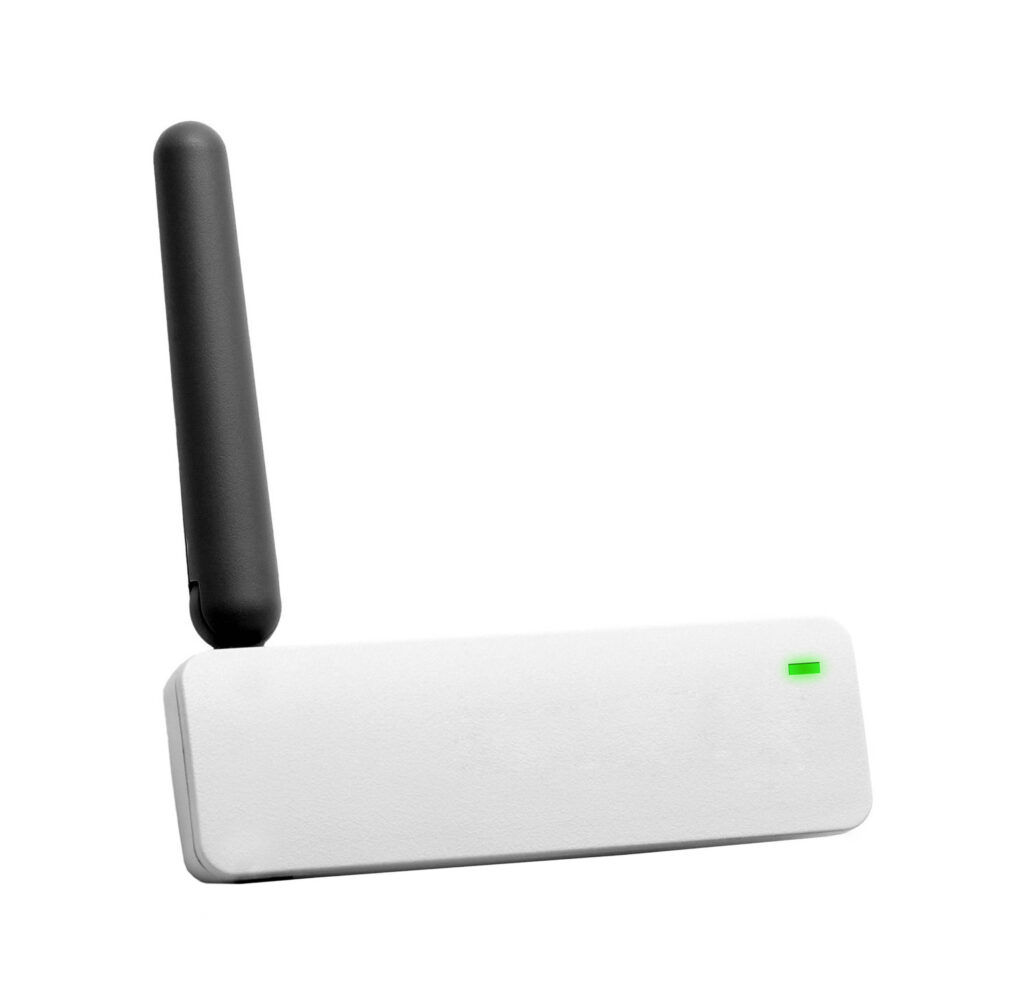What is Robotic Process Automation?

In today’s fast-paced digital era, businesses are constantly seeking innovative solutions to streamline operations, increase efficiency, and reduce costs. One such groundbreaking technology that has gained significant attention is Robotic Process Automation (RPA). In this blog, we will delve into the concept of RPA, its benefits, and its transformative impact on various industries.
Defining Robotic Process Automation
Robotic Process Automation, often referred to as RPA, is an advanced technology that employs software robots or “Bots” to automate repetitive and rule-based tasks within business processes. These bots mimic human actions by interacting with applications, systems, and data sources, eliminating the need for manual intervention. RPA can handle a wide range of tasks, from data entry and form processing to report generation and data analysis.
How RPA Works
RPA operates by following predefined rules and instructions provided by humans. These rules are created using visual design tools or scripting language, allowing developers to configure the behavior of the bot. The bots then execute the tasks autonomously, leveraging their ability to interface with various software applications, extract data, perform calculations, and make decisions based on predefined rules.
Benefits of RPA
- Enhanced Efficiency and Accuracy: By automating repetitive tasks, RPA significantly improves efficiency and accuracy. Bots can perform tasks at a much faster pace than humans, reducing processing times and minimizing errors, thus increasing overall productivity.
- Cost Reduction: RPA Eliminates the need for manual labor, reducing operational costs associated with repetitive and mundane tasks. This allows the organizations to allocate resources to more value-added activities while achieving cost savings.
- Scalability and Flexibility: RPA can easily adapt to changing business requirements and handle increasing workloads without additional hiring or training. Bots can be deployed across various departments and functions, ensuring scalability and flexibility to meet evolving business needs.
- Improved Compliance and Auditability: RPA provides an auditable trail of activities performed by bots, ensuring compliance with regulations and internal policies. This feature enhances transparency, facilitates regulatory compliance, and simplifies audit processes.
- Employee Empowerment: RPA frees employees from tedious and repetitive tasks, enabling them to focus on more strategic and creative endeavors. This enhances job satisfaction, boosts employee morale, and encourages professional growth.
- Error Reduction and Quality Assurance: RPA minimizes the risk of human errors by executing tasks consistently and precisely according to predefined rules. This ensures data accuracy, improves quality control, and reduces the need for rework.
Impact on Industries
RPA has made a significant impact across industries, transforming business processes and operations. In banking and finance, RPA automates data entry, reconciliation, and compliance reporting, improving accuracy and efficiency while reducing costs. In healthcare, RPA streamlines patient data management, appointment scheduling, and claims processing, enhancing patient care and reducing administrative burdens. In manufacturing, RPA optimizes inventory management, supply chain processes, and order processing, leading to improved productivity and customer satisfaction.
Integration with Emerging Technologies
Robotic Process Automation is not limited to standalone automation. It synergizes with other emerging technologies, such as artificial intelligence (AI), and machine learning (ML), to deliver even more powerful results. RPA combined with AI capabilities enables bots to perform complex decision-making tasks, natural language processing, and cognitive automation. This integration allows organizations to tackle unstructured data, handle exceptions, and provide advanced analytics for informed decision-making.
Furthermore, the integration of RPA with intelligent automation (IA) extends its reach beyond repetitive tasks. IA combines RPA with cognitive capabilities, such as natural language processing (NLP) and computer vision, enabling bots to interact with unstructured data, understand context, and make intelligent decisions. This integration paves the way for sophisticated automation scenarios, where bots can handle complex processes involving data extraction, sentiment analysis, and customer interaction, replicating human-like intelligence.
The Future of RPA
As RPA continues to evolve, its future holds immense potential. The technology is anticipated to advance further, enabling increased automation of end-to-end processes, and spanning across multiple systems and applications. The development of more user-friendly and intuitive design tools will make it easier for business users to configure and deploy bots, democratizing automation across the organization.
Additionally, the convergence of RPA with emerging technologies, such as blockchain and the Internet of Things (IoT), opens up new possibilities for automation and process optimization. RPA can leverage blockchain to enhance security and transparency in data handling, while IoT integration enables bots to interact with physical devices and systems in real-time, enabling seamless automation of connected processes.
Conclusion
Robotic Process Automation has established itself as a game-changing technology, revolutionizing efficiency, productivity, and cost-effectiveness across industries. With its ability to automate repetitive tasks, improve accuracy and integrate with emerging technologies, RPA is empowering organizations to drive digital transformation, streamline operations, and unlock new levels of productivity and innovation. As businesses embrace RPA and explore its integration with AI, ML, and other cutting-edge technologies, the future holds tremendous opportunities for organizations to reimagine their process and unlock the full potential of automation. By harnessing the power of RPA and embracing a culture of continuous improvement, organizations can thrive in the era of intelligent automation.


























































































